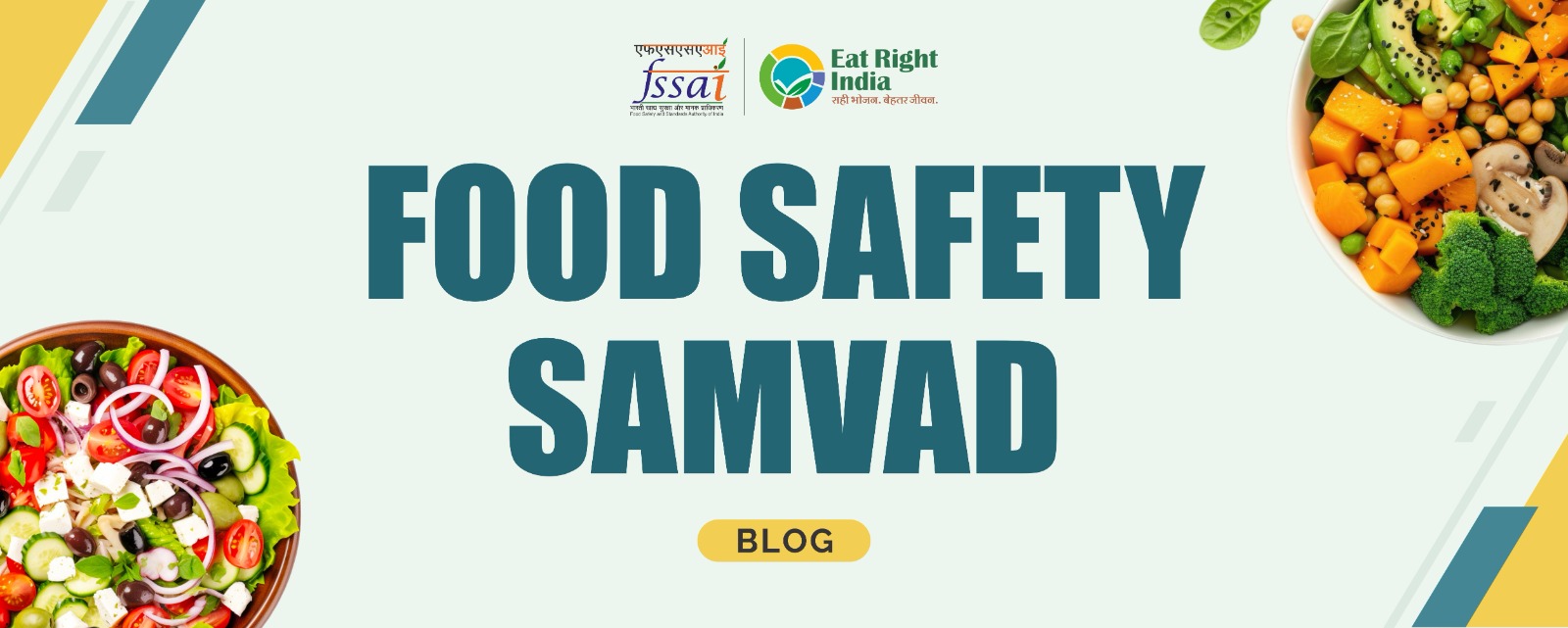
The Role of Forensic Serology in Food Forensics and Street Food Safety
Food forensics is an evolving discipline that applies scientific methods to ensure the authenticity, safety, and quality of food products. As described in sources like Food Forensics: Techniques for Authenticity Determination of Food Products, various analytical tools are used to detect contamination, fraud, and adulteration in food. Among these, forensic serology—traditionally used in criminal investigations to identify biological fluids—has found valuable application in the food industry. It can be particularly useful in assessing the safety of both packaged foods and street-vended food, areas where food safety violations often go unnoticed.
In the context of food authenticity, forensic serology is used to identify traces of animal or human biological fluids such as blood, saliva, or other tissues. This can help detect the presence of undeclared animal products in vegetarian or religiously sensitive foods (e.g., halal or kosher). For instance, ELISA (Enzyme-Linked Immunosorbent Assay) and other serological tests can be employed to detect animal proteins, verifying whether a product labeled as “100% vegetarian” is indeed free from meat-based components. Similarly, it aids in the detection of species substitution in processed meats, where low-cost meats might be fraudulently labeled as premium products.
Street food safety is an area where forensic serology becomes especially critical. Street vendors often operate under less stringent regulatory oversight compared to commercial food manufacturers. As a result, poor hygiene practices, such as using the same tools for raw and cooked items, or not washing hands between tasks, can lead to cross-contamination. Serological tests can detect traces of saliva, blood, or fecal matter on utensils, surfaces, or food items, which are strong indicators of unsafe handling practices. This kind of forensic evidence is invaluable during public health investigations when tracing the source of foodborne outbreaks like hepatitis A or norovirus.
A more disturbing and emerging concern in the domain of food forensics is the intentional or accidental addition of sedatives to packaged or even street food. Sedaives such as benzodiazepines, antihistamines, or tranquilizers have been detected in some food items, either as a means to calm consumers or mask symptoms of spoilage in animals before slaughter. These practices pose serious health risks, including neurological issues, organ damage, and even increased vulnerability to accidents due to drowsiness. Vulnerable populations such as children, the elderly, and individuals with pre-existing conditions are particularly at risk. Forensic serology, in combination with toxicological analysis techniques like liquid chromatography–mass spectrometry (LC-MS/MS), can detect and quantify such substances, contributing to the identification of contaminated food sources.
The use of forensic serology in these contexts also carries legal implications. Evidence derived from these tests can support regulatory enforcement and legal action against vendors or manufacturers who violate food safety norms. In the case of sedative contamination, serological and toxicological findings may be pivotal in proving criminal negligence or intentional harm. Therefore, integrating forensic serology into routine food safety inspections and public health investigations can significantly enhance consumer protection.
In conclusion, forensic serology is a vital component of modern food forensics. Its ability to detect biological contamination, authenticate food products, and trace sources of foodborne illness or chemical adulteration makes it particularly valuable for ensuring the safety of both packaged and street-vended foods. As threats like sedative contamination become more prominent, the role of forensic science in maintaining food integrity and protecting public health is more crucial than ever.

.png)
